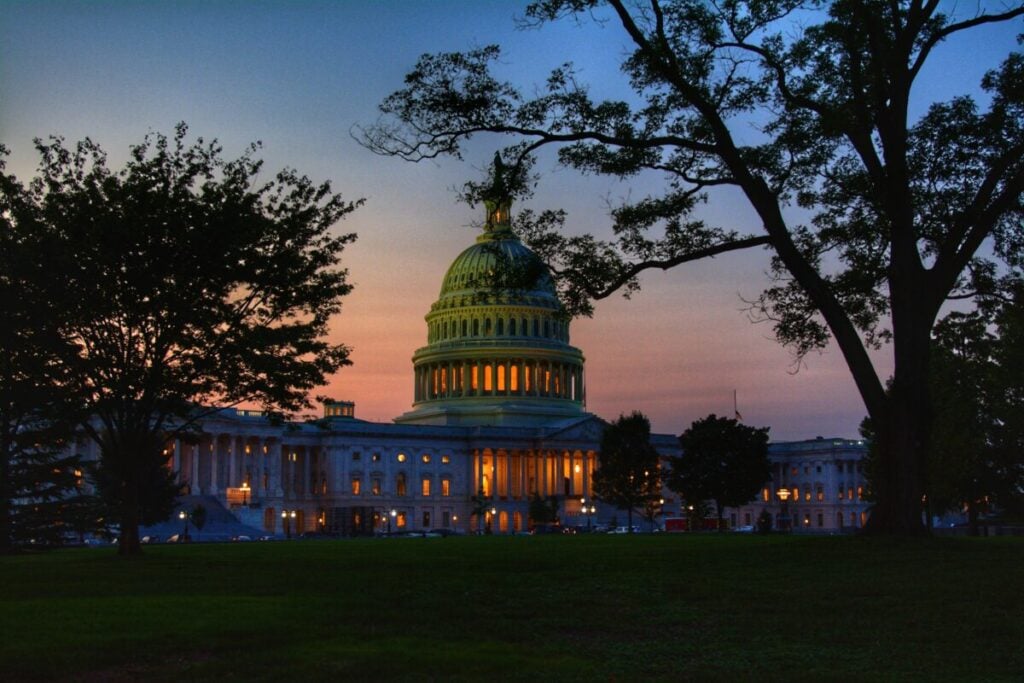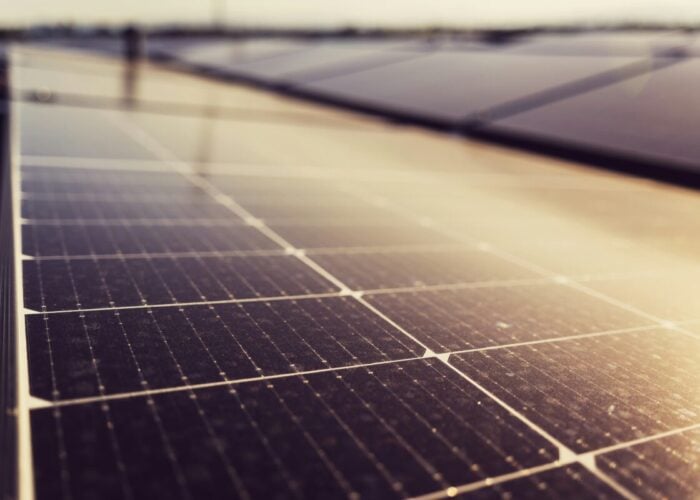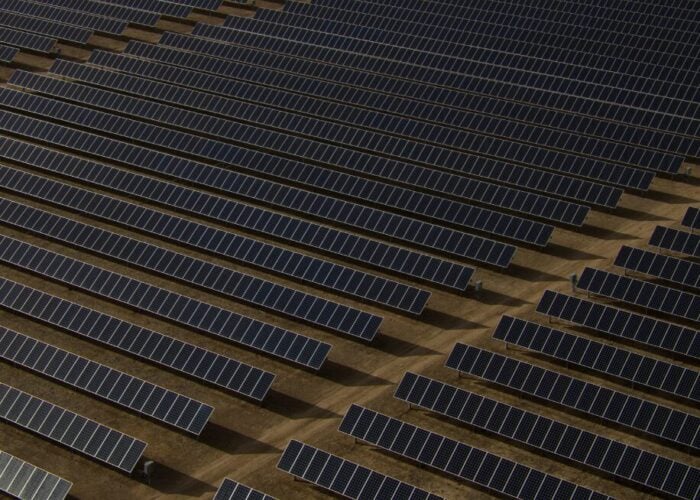
The Trump administration has cancelled the 6.2GW Esmeralda 7 solar project in Nevada—once touted as one of the largest in the world—the US Bureau of Land Management (BLM) has confirmed.
In July 2024, BLM approved the Esmeralda 7 project, which was planned to comprise seven utility-scale solar facilities with a total capacity of 6.2GW, making it one of the largest solar initiatives ever proposed in the US.
Try Premium for just $1
- Full premium access for the first month at only $1
- Converts to an annual rate after 30 days unless cancelled
- Cancel anytime during the trial period
Premium Benefits
- Expert industry analysis and interviews
- Digital access to PV Tech Power journal
- Exclusive event discounts
Or get the full Premium subscription right away
Or continue reading this article for free
The project, spanning over 118,000 acres of public land near Tonopah, Nevada, included facilities proposed by developers NextEra Energy Resources, Leeward Renewable Energy, Arevia Power and Invenergy. Each site was planned to include a battery energy storage system (BESS), though storage capacity and duration of each project were not disclosed.
At the time of its cancellation, Esmeralda 7 was in the public comment phase of the BLM’s Draft Programmatic Environmental Impact Statement and Resource Management Plan Amendment, but its National Environmental Policy Act (NEPA) review had been stalled since president Trump took charge. While the BLM has not published an announcement that the project has been cancelled, it is now officially listed as such on the BLM website.
In May 2025, the US House of Representatives passed a bill slashing tax credits for clean energy projects. The “One Big, Beautiful Bill” removed nearly all Inflation Reduction Act (IRA) incentives for renewables, while easing rules for advanced nuclear, and was sent to the Senate for further review.
Trump’s second-term administration has taken several anti-renewables actions, including stricter Treasury qualifications for federal tax credits, clawing back US$7 billion in Solar for All grants, ending the US Department of Agriculture’s (USDA’s) Rural Energy for America Program (REAP) funding for solar, directing the Interior to remove “preferential treatment” for renewables and imposing tariffs on energy components and critical materials such as steel and aluminium.
Despite anti-renewable policies under the Trump administration, the US installed 17.92GW of new solar capacity in the first half of 2025, though capacity additions fell in both the utility-scale and residential sectors.
According to a report from the Solar Energy Industries Association (SEIA) and Wood Mackenzie published in September, only 7.5GW of new capacity was added in Q2, down 28% from the previous quarter and 24% year-on-year. The slowdown was largely attributed to the bill, which shortened the period for projects to claim tax credits.






